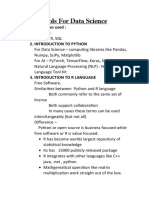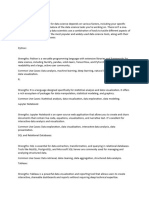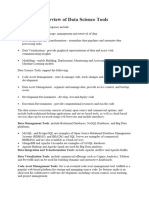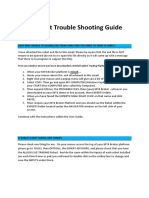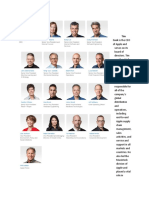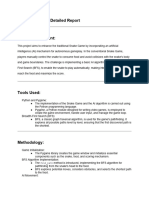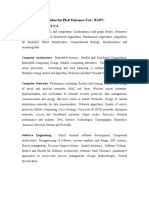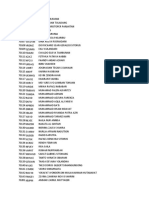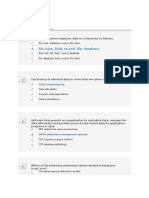0% found this document useful (0 votes)
80 views9 pagesWhat Is Data Science by IBM
This is the written material from the course named What is Data Science by IBM
Uploaded by
Ahmer EssaCopyright
© © All Rights Reserved
We take content rights seriously. If you suspect this is your content, claim it here.
Available Formats
Download as DOCX, PDF, TXT or read online on Scribd
0% found this document useful (0 votes)
80 views9 pagesWhat Is Data Science by IBM
This is the written material from the course named What is Data Science by IBM
Uploaded by
Ahmer EssaCopyright
© © All Rights Reserved
We take content rights seriously. If you suspect this is your content, claim it here.
Available Formats
Download as DOCX, PDF, TXT or read online on Scribd
/ 9




















